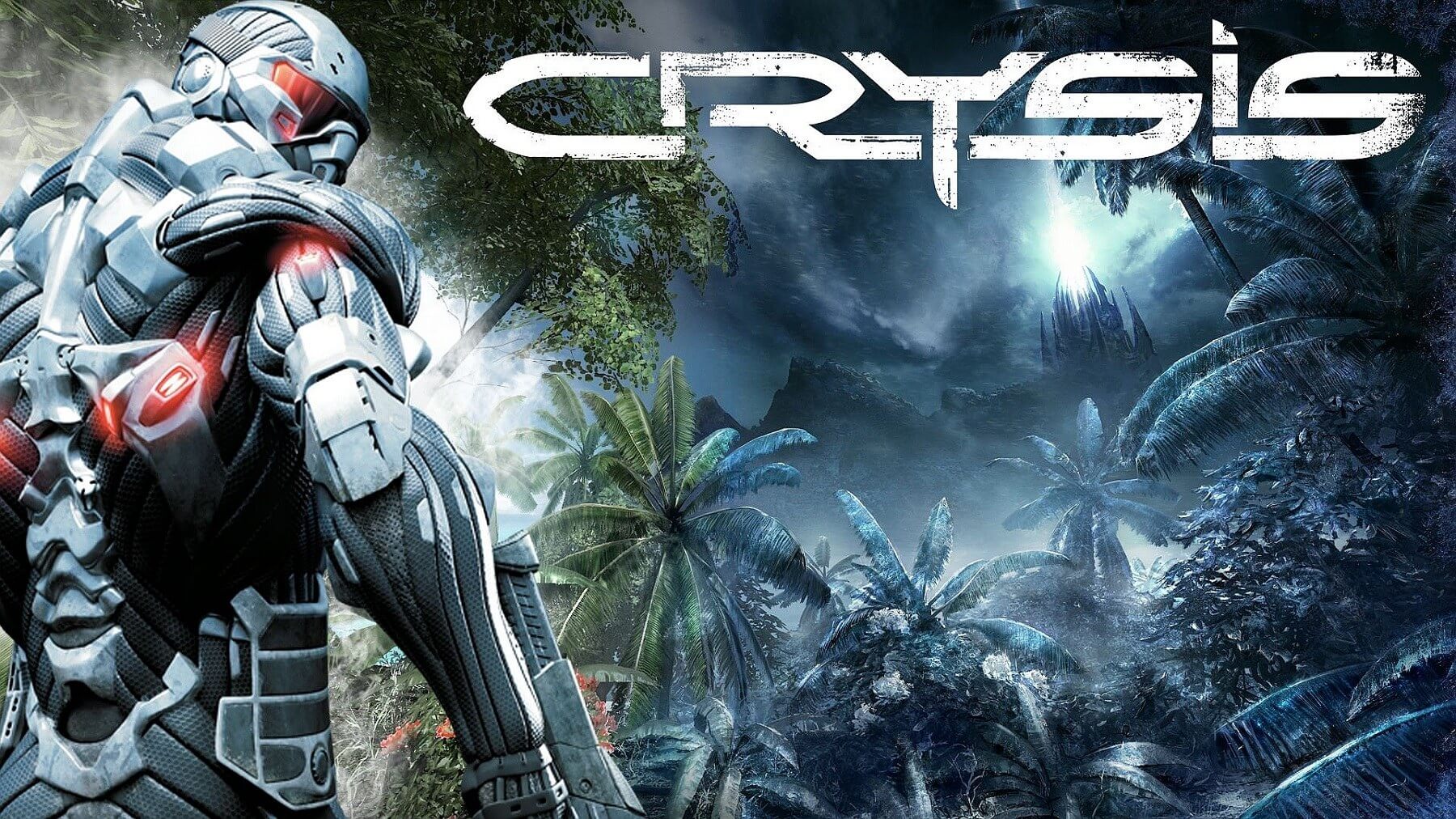In brief: Despite being released back in 2007, people still ask "but can it run Crysis?" when it comes to quantifying the power of a PC. Now, an experimental mod is able to push the title, and pretty much any other game, even further by adding ray tracing effects.
The effect comes courtesy of an extension to the Reshade tool created by modder Pascal Gilcher. It allows path traced global illumination to be added to any compatible game---it's not going to work on something like text adventures, obviously. You can see how it changes Crysis in the video below, thanks to a test by Eurogamer/Digital Foundry.
Reshade works by adding a range of post-process effects such as SMAA anti-aliasing and depth of field to a game, thereby improving its visuals. The alpha build, which is available to Patreon backers, adds global illumination derived from path tracing.
The in-development feature brings to mind the recent Minecraft shader pack that also introdces ray tracing-style effects to the classic title, and Glicher has addressed the comparisons.
"How does this relate to Minecraft Path Tracing shaders? Well, besides the path tracing part, not at all. Minecraft SEUS PTGI shaders are inherently tied to the voxel data of Minecraft, while also having data available from outside the screen, my implementation uses neither voxels nor does it access or store data outside the screen. Even though these restrictions are pretty tight, the feature itself is coming along nicely!"
There are some limitations to the filter: performance is always an issue with ray tracing-style effects, and, as Eurogamer notes, Reshade only has access to depth and color information, so it can only approximate where the light is coming from and how it should be traced.
Even if you own an RTX card, don't expect performance to improve. Nvidia's hardware acceleration for ray tracing, such as the RT cores, requires the use of DXR under DirectX 12 or Vulkan-RT, while Reshade currently only works under DirectX9 and DirectX11.
